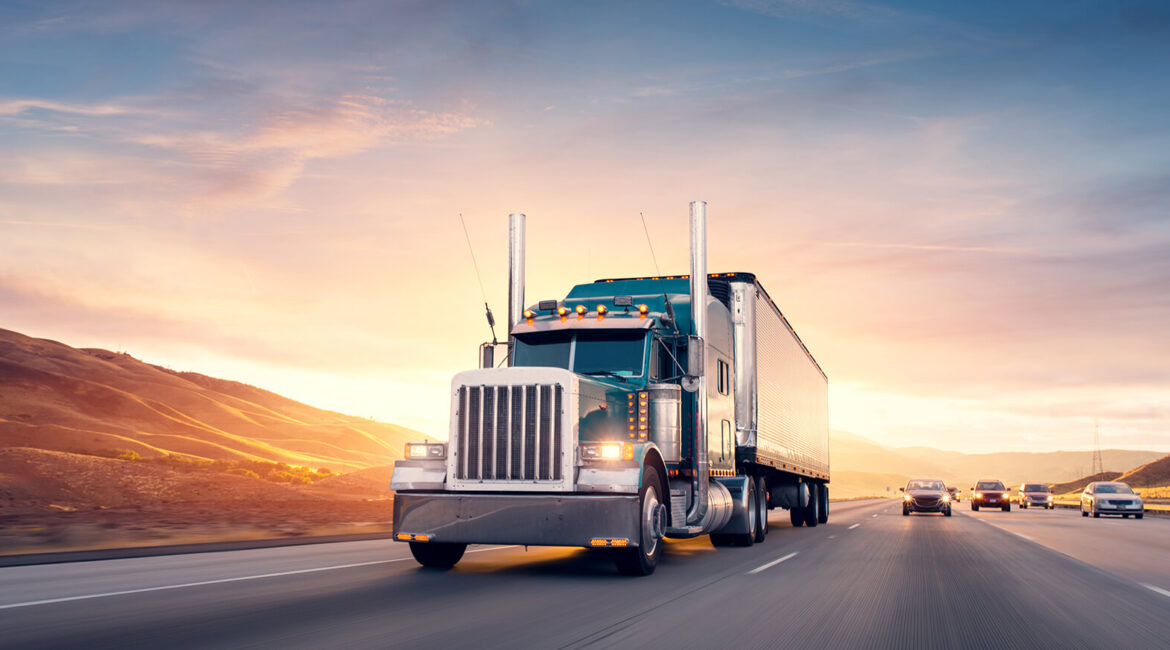In the 21st century, a semi-trailer hauling freight down the highway is a common sight that many Americans may take for granted. But the ability to move goods safely and quickly across the nation via the country’s roads is a requirement for our life in modern society. Without it, our selection and access to goods would be much more restricted.
But the trucking industry wasn’t always the $875.5 billion industry it is today. It came from humble beginnings and only began to grow exponentially with the expansion of modern infrastructure and the nation’s highways. Here’s a brief overview of the history of the U.S. trucking industry.
History of the Trucking Industry
In the 19th century, roads were unreliable and mostly were used to connect local areas, rather than facilitate transportation across great distances. Trains were the most efficient method for distributing freight around the country, but they only delivered to more populated urban areas with a rail station. At this point the goods were offloaded from the train and then distributed in carts and wagons.
The first internal combustion engine truck was built in 1896 by Gottlieb Daimler in Germany. In 1900, Mack Trucks, one of the standard bearers of the American trucking industry, was founded. But infrastructure and supply chains still weren’t in place to support the trucking industry, so trucks weren’t generally used for long distance transportation.
In World War I, the military became the biggest user of trucks which encouraged an increase in truck production and development. But it wasn’t until the 1950s and 1960s, with the construction of the 41,000-mile-long Interstate Highway System that linked major cities across the nation, that the trucking industry really began to accelerate. Trucking began to take off and gained national attention in the 1960s and 1970s when the entertainment industry began to release songs and movies about truck driving.
In 1980, President Jimmy Carter signed the Motor Carrier Act of 1980, which deregulated the trucking industry and allowed anyone to haul goods anywhere for any price. The goal was to slash the price of goods by forcing trucking companies to compete on the price of transportation. The legislation would save consumers billions and pave the way for emerging big box retail stores by cutting their transportation costs. But that pressure to compete also drove down wages; the median wage for truck drivers has decreased 21% since 1980.
Today, the trucking industry serves as the lifeblood of the U.S. economy, with nearly every good in the U.S. traveling by truck at some point in the supply chain. There were 38.9 million trucks registered for business purposes in 2020, and the industry employed nearly 8 million people (including 3.49 million truck drivers) in 2021. The trucking industry hauled 72.2% of all freight transported in the U.S. in 2021.
In Closing
Next time you see a truck hauling goods down the road, think about the sheer logistics it takes to get goods to every single consumer in the country. And take a moment to think about the infrastructure, technological developments, and progress that had to occur to get the trucking industry to where it is today: as a cornerstone of modern society.
Sources:
https://www.businessinsider.com/truck-driver-pay-motor-carrier-act-retail-2020-7
https://www.fhwa.dot.gov/infrastructure/50interstate.cfm

